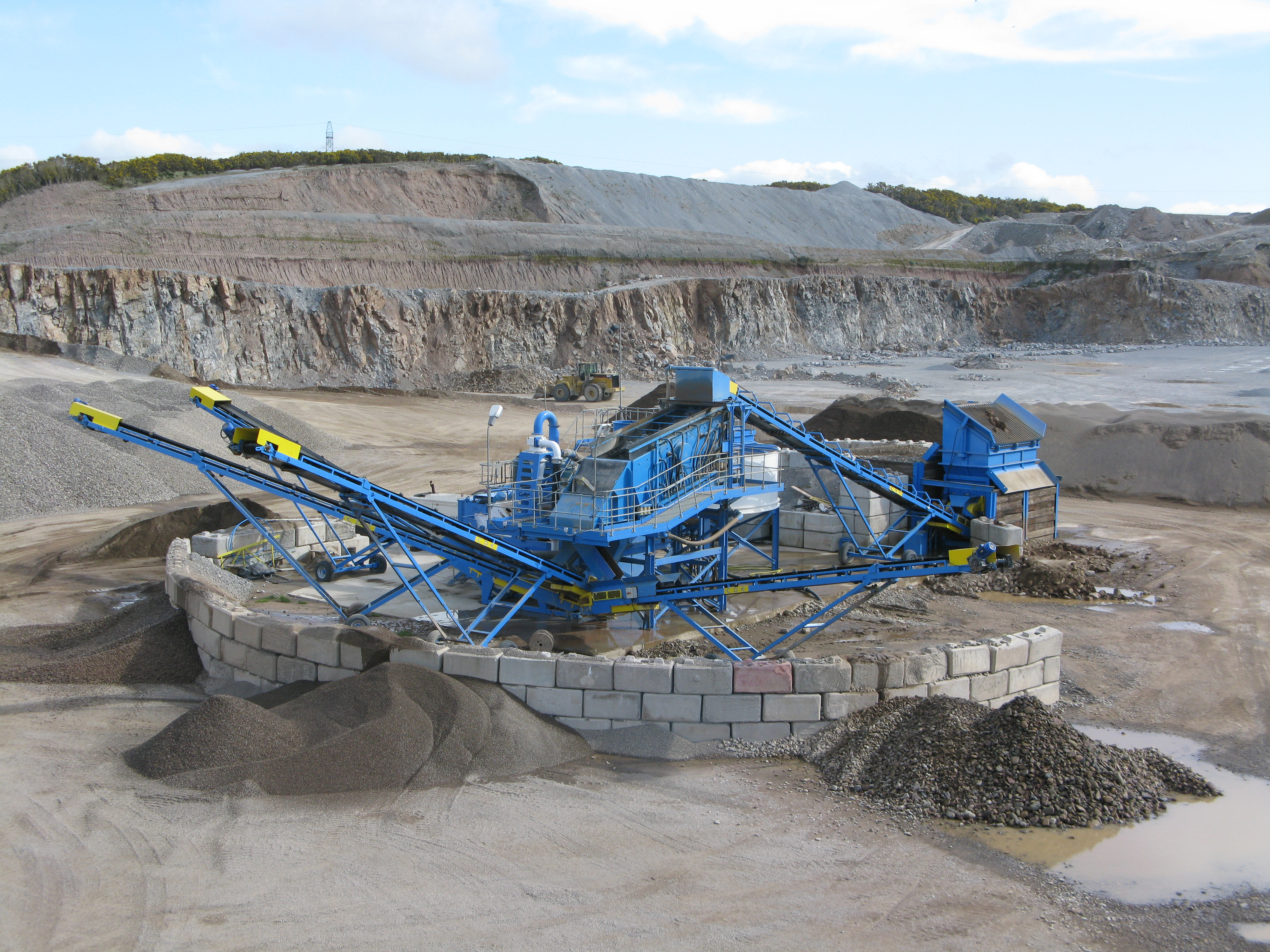
Reprocessing overburden into a saleable product is helping to increase revenue and reduce storage issue in some European quarries
Many quarries have significantly more overburden than can readily be used for landscaping or for restoration purposes. But stockpiling material on site can block access to reserves, while dumping it elsewhere can be costly, which is why some quarries are investing in a bid to reuse this 'waste' material.
"In the past quarries had anything between 1m to 10m of overburden to remove and no real way to process this material, so it was often stripped and stockpiled," explained CDE area sales manager for Europe Eoin Heron. "But anything from 50 to 80% of overburden could be reprocessed into a saleable product.
"The technology is now available to reprocess the material that was previously considered unprofitable and just too difficult to deal with." In the past the barrier to reusing overburden has been the high water demand and the resultant sludge it creates. But today's thickeners and filter presses mean that has changed and the filter cake can also sometimes be reused on site for restoration or planting.
"The big issue with a lot of overburden is the contamination from wood and lignite so washing is vital in the reprocessing approach," said Heron. "Until recently this meant use of log washers but newer systems - like our Aggmax system - are now available, which can clean and break up the clay and remove any contamination in one process." According to Heron, the reuse of overburden is particularly applicable to limestone and sand and gravel quarries.
New revenue
"At one site in Poland - a limestone quarry - where we have installed a plant, the quarry went from having an unsaleable overburden to getting €3 to €5 per tonne for it through installing a bespoke washing plant," he said.
"You have to consider the investment cost against the cost of not using the material - stripping, hauling and tipping overburden can be involve high costs, especially in countries where landfill taxes are applied. The potential to reuse the material and sell it makes investment in equipment to reprocess more attractive.
"It is a very logical approach but needs careful consideration in terms of volume and market, as well as what is actually feasible in terms of end product." While the investment may be targeted at removing problems with excess overburden, installing a reprocessing plant can also benefit other areas of production at the quarry - the plant can be designed to have multiple functions depending on the feed material. This means that the investment may also deliver a higher market value for existing quarry products.
"Such equipment makes it possible to process sand fractions with around 50% clay content and can also be used to wash manufactured sands," said Heron.
Growing market
According to Heron, reprocessing overburden is likely to be a growth area for the washing equipment market in the next few years and he reports a high level of enquiries despite the restrictions currently placed on capital investment in many European sites.
"One site I have recently visited in Sweden has a lot of stripped material but it is building up and will soon have around 1million tonnes on site," he said. "It is expensive to store and move such material." Heron believes that it is not just the need for a new approach to overburden at many sites that will drive demand, but also the availability of new technology.
"Previously the approach was to dry screen and remove whatever stone possible but now there is technology available to make better use of all deposits and there is more technology emerging," he said.
As an example, he pointed to CDE's Atrofeed that delivers a high level of attraction to the clay material and transports it at the same time, as well as being much more compact that any previous system of this type.
"Washing equipment is becoming more efficient which is helping to boost the economic viability of overburden reuse," explained Heron. Much of the focus in the last few years has been on reducing the water demand with recycling and the use of thickeners, but Heron believes that there is more development to come in terms of reducing power demand.












